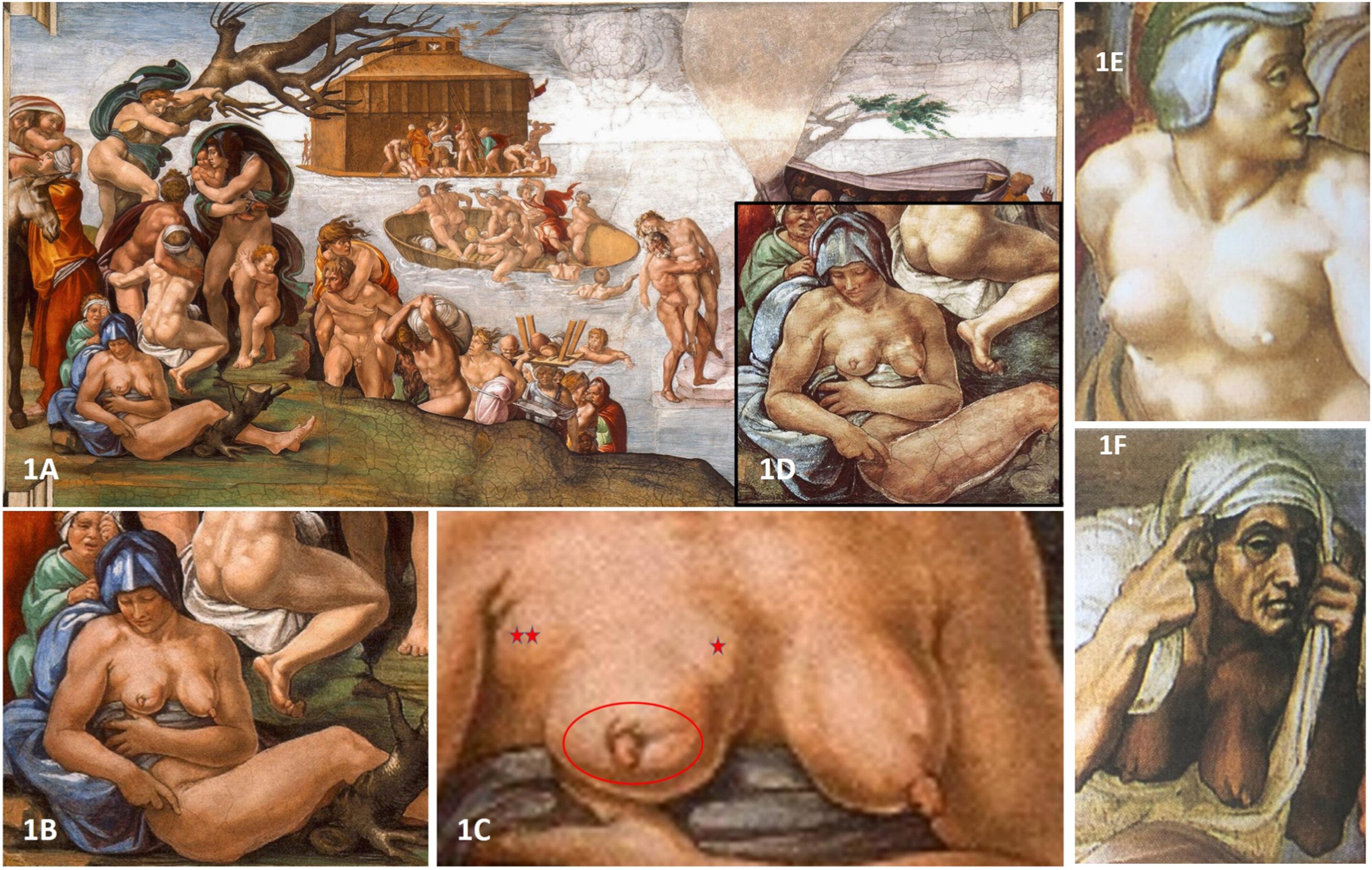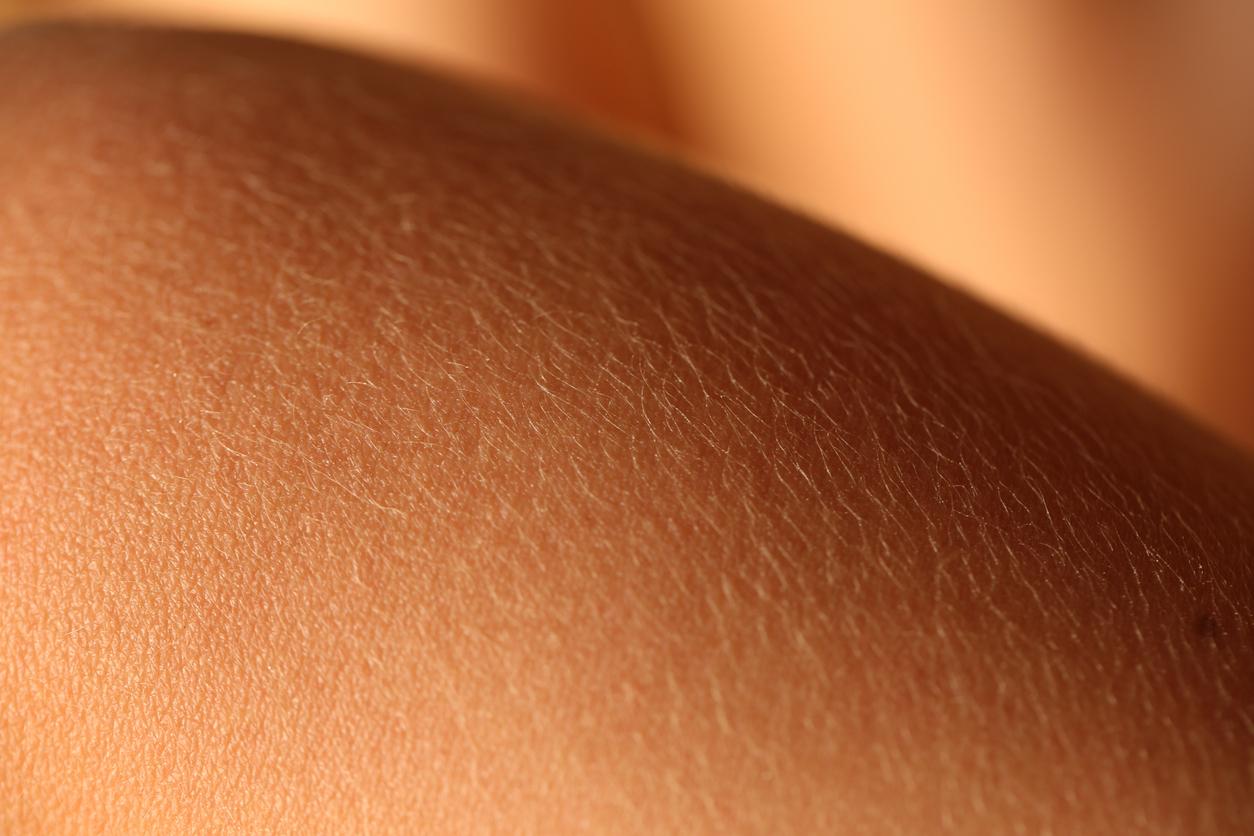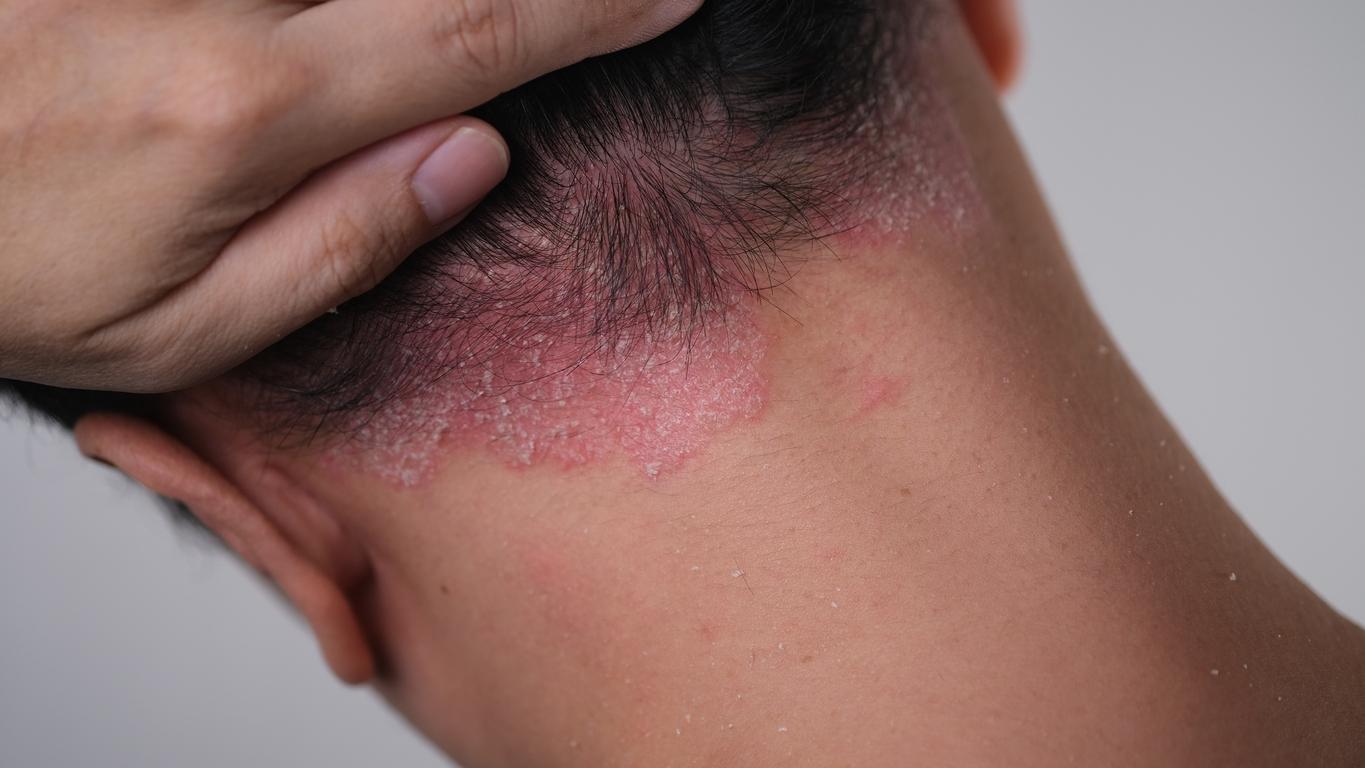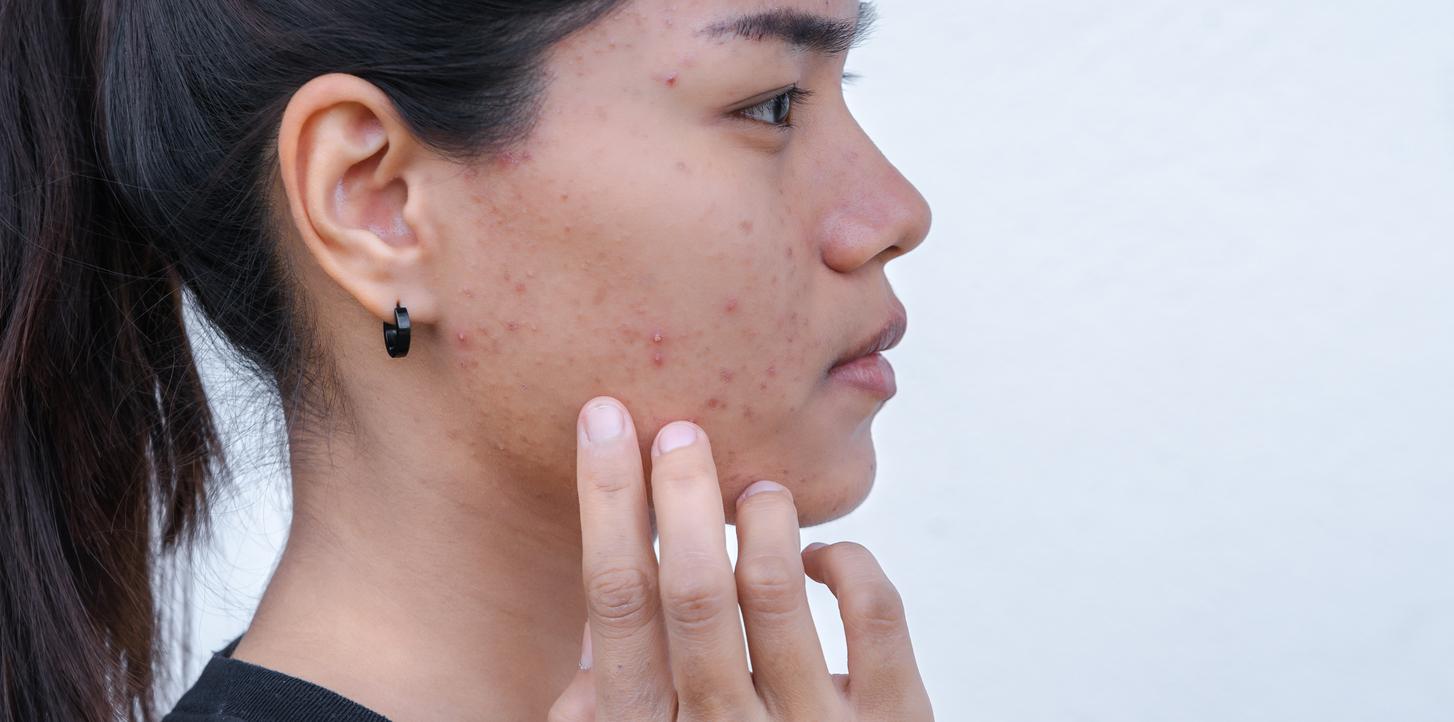The management of scars has evolved considerably in recent years. Contrary to what has long been practiced, they should never be dried! Keeping them in a moist environment promotes cellular exchanges which prevent the secretion of collagen responsible for large scars.
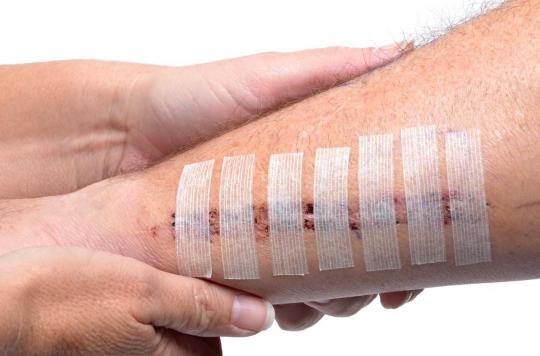
- Scars, beyond the aesthetic handicap, can cause pain or discomfort in certain movements
- To prevent them from leaving excessive marks on the skin, they must be kept in a humid environment.
- This is the principle on which new silicone-based dressings and treatments are based.
Scars are not just an aesthetic handicap. They can also be causes of pain or discomfort for movements when they are located on areas of skin tension. Above all, some of the scars, for genetic causes or related to the thickness of the skin on certain parts of the body, can evolve into hypertrophic scars – the healing process is more intense and lasts longer – often unsightly, even into scars keloids — whose process does not stop — which leave very deep traces.
However, innovation in this area now allows much better care, but above all prevention, to avoid the too visible consequences of surgery or accidental wounds. “We have completely revised our way of treating scarsexplains Richard Zloto, plastic surgeon. For a long time we believed that these had to be dried and for this purpose we used products that went in this direction, such as mercurochrome. However, it is quite the opposite! We now know that for a scar to evolve well, it must be kept in a moist environment..”
Humidity promotes cellular exchanges within the scar
Explanation: drying a scar reinforces the secretion of collagen which is responsible for the appearance of large scars. Keeping it moist facilitates cellular exchanges within the scar and puts the cells responsible for the production of collagen to rest. “This is the direction that the new bandages are taking today”specifies Richard Zloto.
Better use of silicones
According to this surgeon, the most important innovation of recent years in the management of scars is the use of silicone and the way in which it is used. “We started by using silicone plates to keep the scars in a moist environment, plates which were laminated on fabrics, they had to be washed, it was very visible and it could cause macerations”, recalls Richard Zloto. Today, it is rather silicone gels that are applied to the scars. “They are transparent, they can be applied to scars covered by clothing, they are compatible with make-up and some even contain total screen for scars located on areas exposed to the sun”details the surgeon.
“After application, only an almost undetectable film remains and this promotes better compliance with the treatment of the scar, which was not the case with solutions used previously”emphasizes Richard Zloto who is also pleased with the progress also made in another technique for treating scars, the laser: “Specialists are now able to mix the use of the laser according to the different types of scars in order to obtain a very significant scar improvement.”
.










